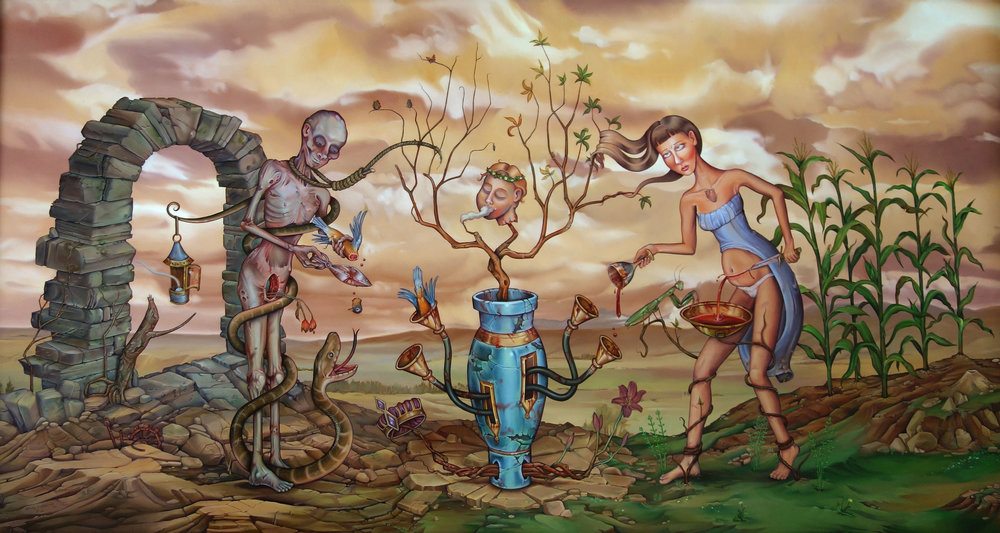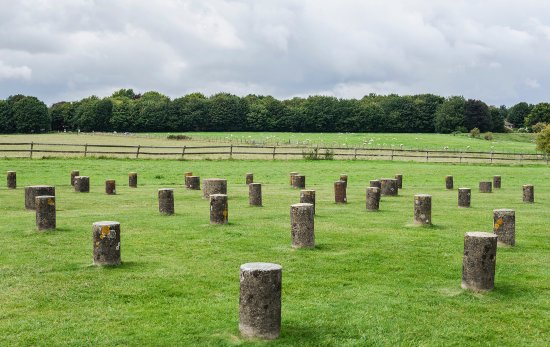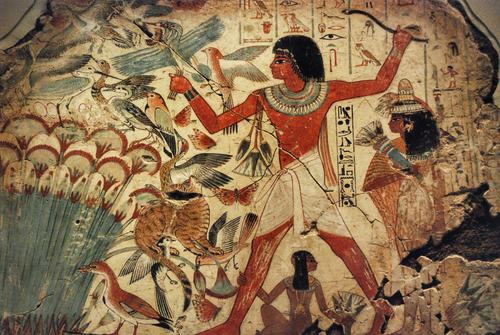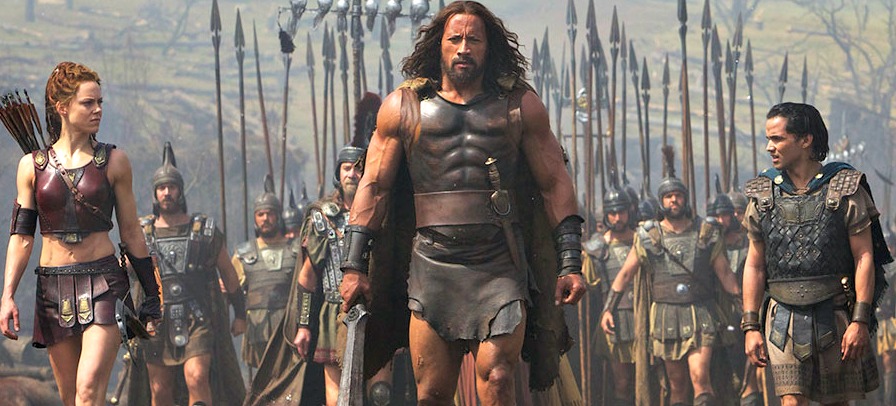We’ve all heard of Stonehenge, the world-famous British site that has baffled archaeologists for decades. But there is another historical site not far from Stonehenge that has posed just as many questions for historians: Woodhenge.
Built 2 miles from its more famous neighbour, Woodhenge was discovered not long after the other thanks to aerial photographs that were taken during the 1920s. What they revealed was an elaborate mixture of ritual sites that may be linked in more ways than we realise, and might provide plenty of answers to the origins of the ancient Britons and what they believed in.
What is Woodhenge?
Woodhenge, much like Stonehenge, is a circular site made up of a series of wooden poles placed in the ground. While the poles themselves weren’t originally part of the modern site today, the support holes for an elaborate structure were discovered, and a series of wooden poles were added to give researchers a better idea of what the site initially looked like.
Made up of six concentric circles, it’s believed that the site was building around 2300 BC, thousands of years before things like cars, AFL premiership betting, or even electricity, and was used until 1800 BC when the Romans attacked and wiped out the local belief system. The six circles do not create a perfect circle, but are rather elongated at one side, and perfectly line up with the winter and summer solstices.
What Was It Used For?
Woodhenge’s purpose has long been a mystery to those that studied it. A number of child skeletons found at the site have led some to believe that it was used for child sacrifice, while others believe that the ancient Britons did not practice human sacrifice. Because the Britons relied solely on oral history, there is no direct account of what took place. Roman historians have pointed to the fact that these people believed in the links between life and death.
The Journey of Life and Death

What was discovered later on was a long procession, or walkway that lead from Woodhenge to Stonehenge. Due to this, the prevailing theory is that both sites were used to symbolise life and death; the beginning and end of a journey, the rising and setting of the sun.
Celebrations would take place at Woodhenge, and a number of pig bones have been discovered, pointing to the fact that they partook in feasting at the site. Once the celebrations were complete, they would begin the process of travelling the distance to Stonehenge.
It’s believed that this procession would most likely have been for an elderly person that was close to dying, or that had died already. Feasting, dancing, music, and more would have been held at Woodhenge to celebrate the person’s life, after which they would have made their way along the procession, which includes the River Aven, to Stonehenge, which signified the end of life. While there are no corpses at Stonehenge, there are many burial mounds nearby where corpses would have been taken.



